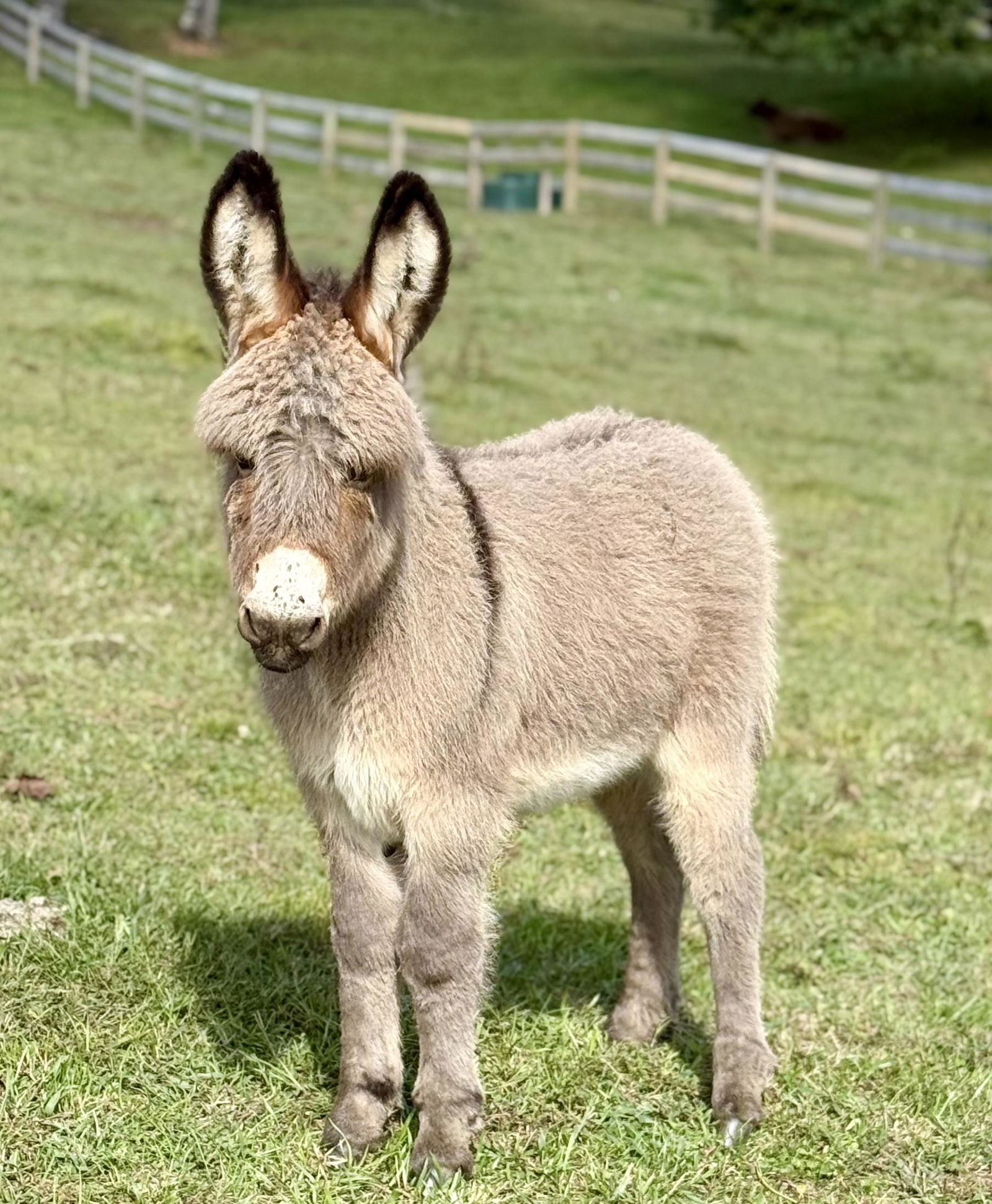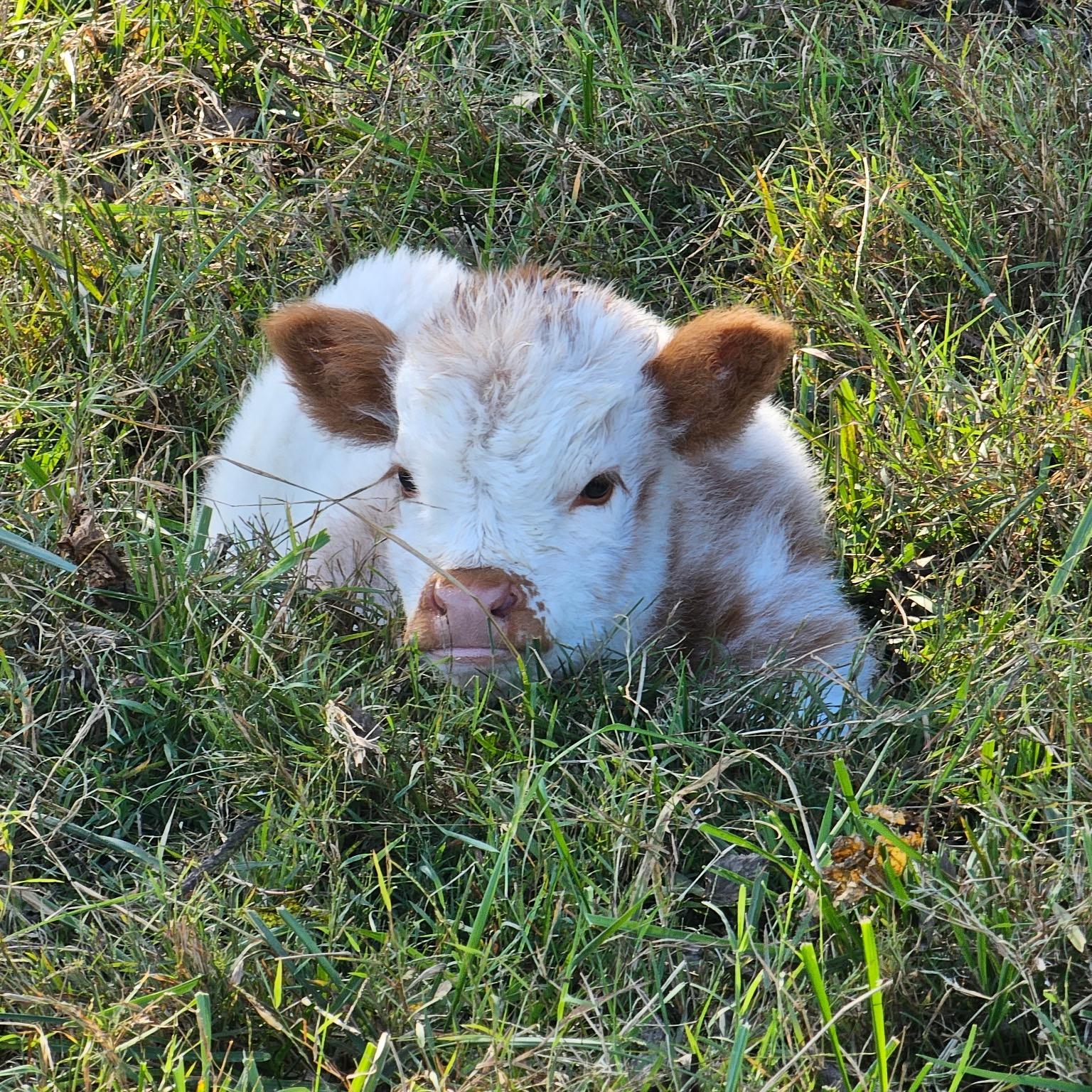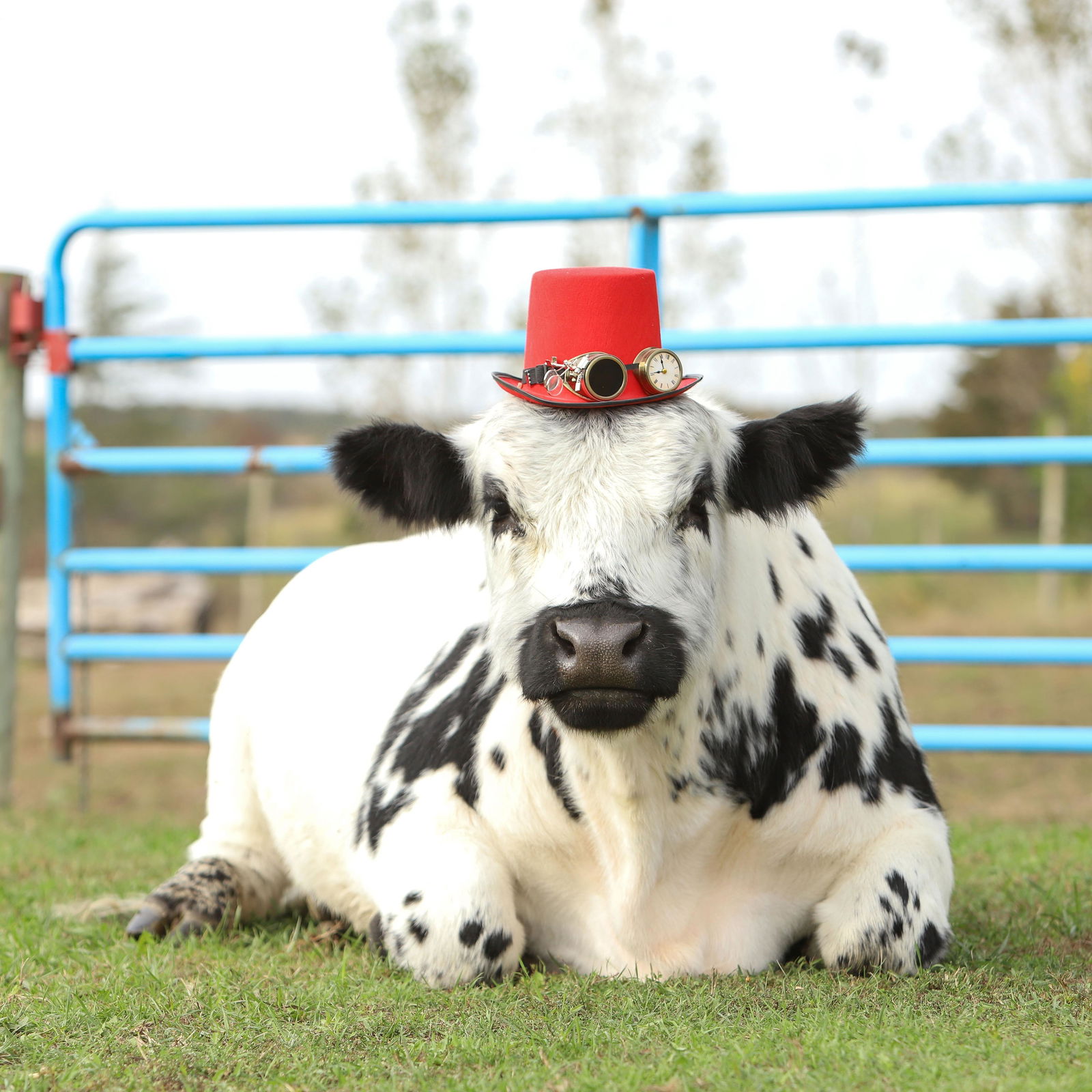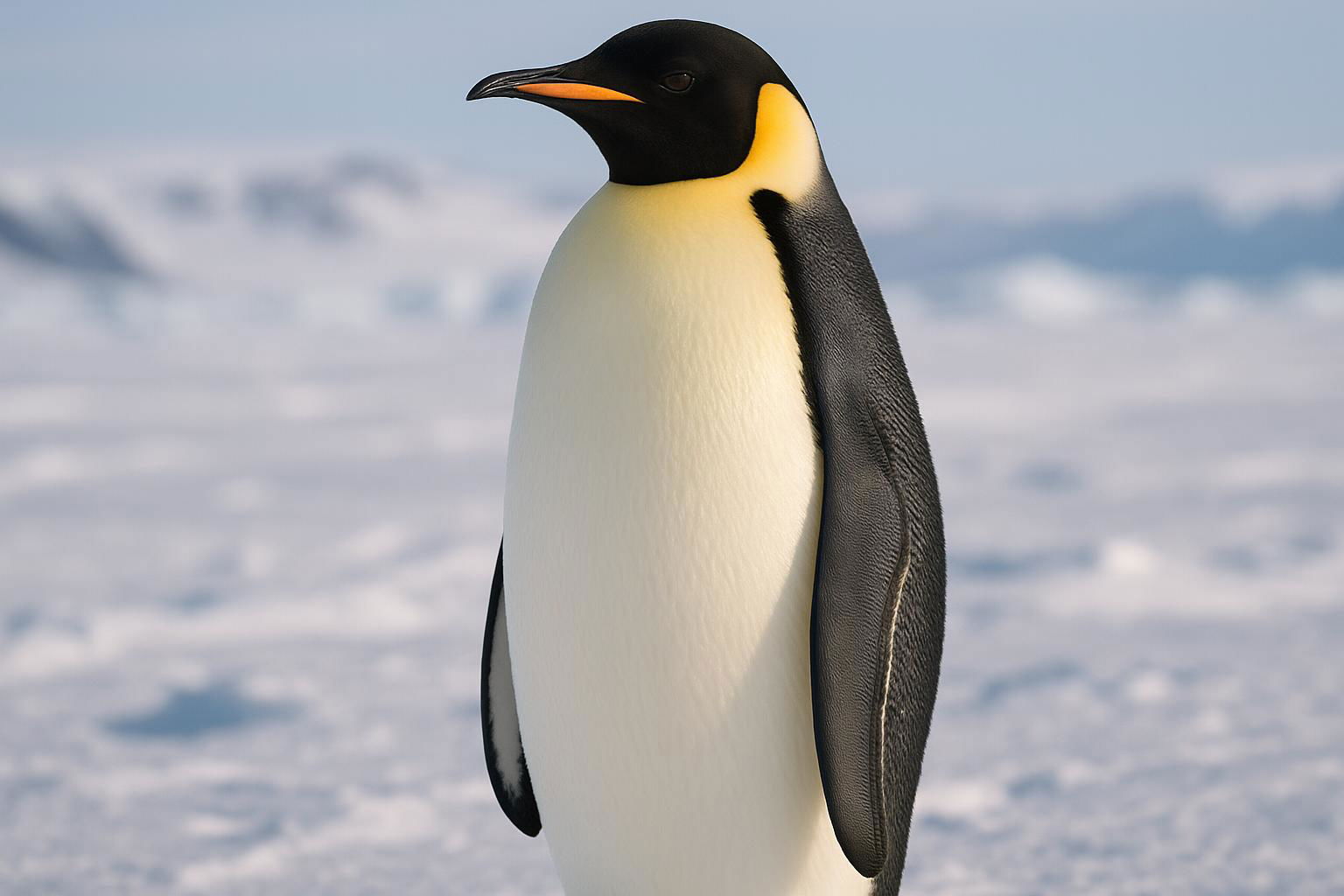
Emperor Penguin
Aptenodytes forsteri
The Emperor Penguin (*Aptenodytes forsteri*) is the largest and heaviest of all living penguin species, native to the icy landscapes of Antarctica. Standing at an impressive height of around 1.1 meters (approximately 3.6 feet) and weighing between 22 to 45 kilograms (49 to 99 pounds), these regal birds are known for their distinctive deep black dorsal feathers and striking auroral yellow-golden patches on the sides of their necks. Adapted to the harsh Antarctic environment, Emperor Penguins are incredible divers, capable of reaching depths of over 500 meters (1640 feet) and holding their breath for up to 20 minutes as they hunt for fish, crustaceans, and cephalopods beneath the sea ice.
Emperor Penguins are uniquely adapted for survival during the extreme winter months, forming large huddles to conserve warmth and protect themselves against icy winds. Their breeding cycle is a remarkable feat of endurance, with males incubating the single egg on their feet under a flap of skin called a brood pouch while females venture out into the ocean to feed. This devoted parental behavior ensures the chick's survival in one of Earth's most inhospitable climates. With a life span of 15 to 20 years in the wild, these charismatic birds face growing threats from climate change as the sea ice they depend on continues to diminish. The Emperor Penguin remains a symbol of resilience and the beauty of adaptability in nature's grand design.

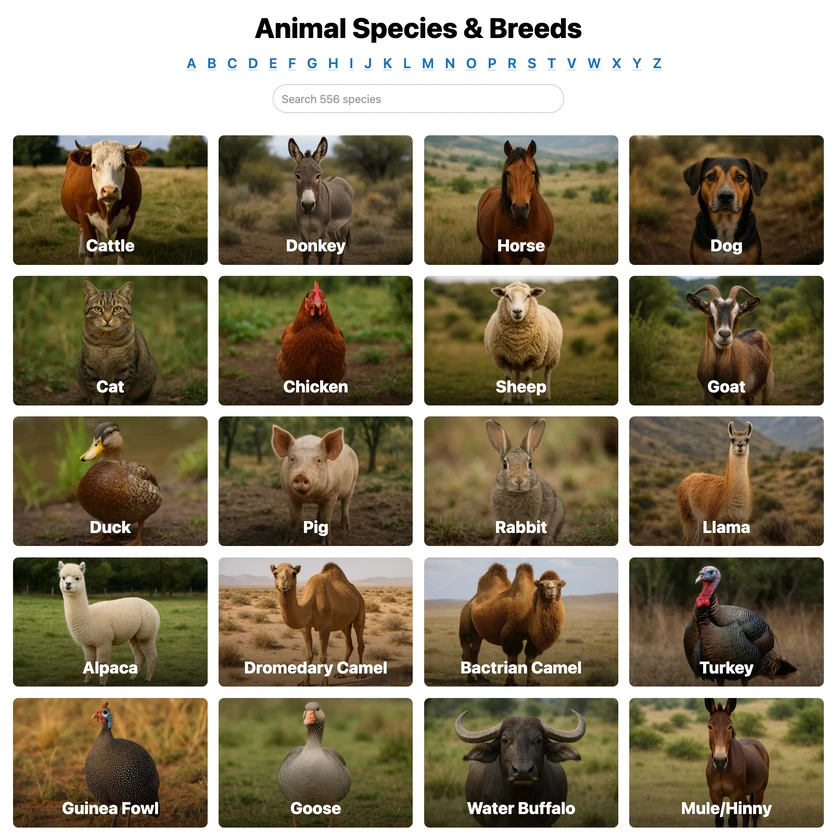 All Species & Breeds
All Species & Breeds
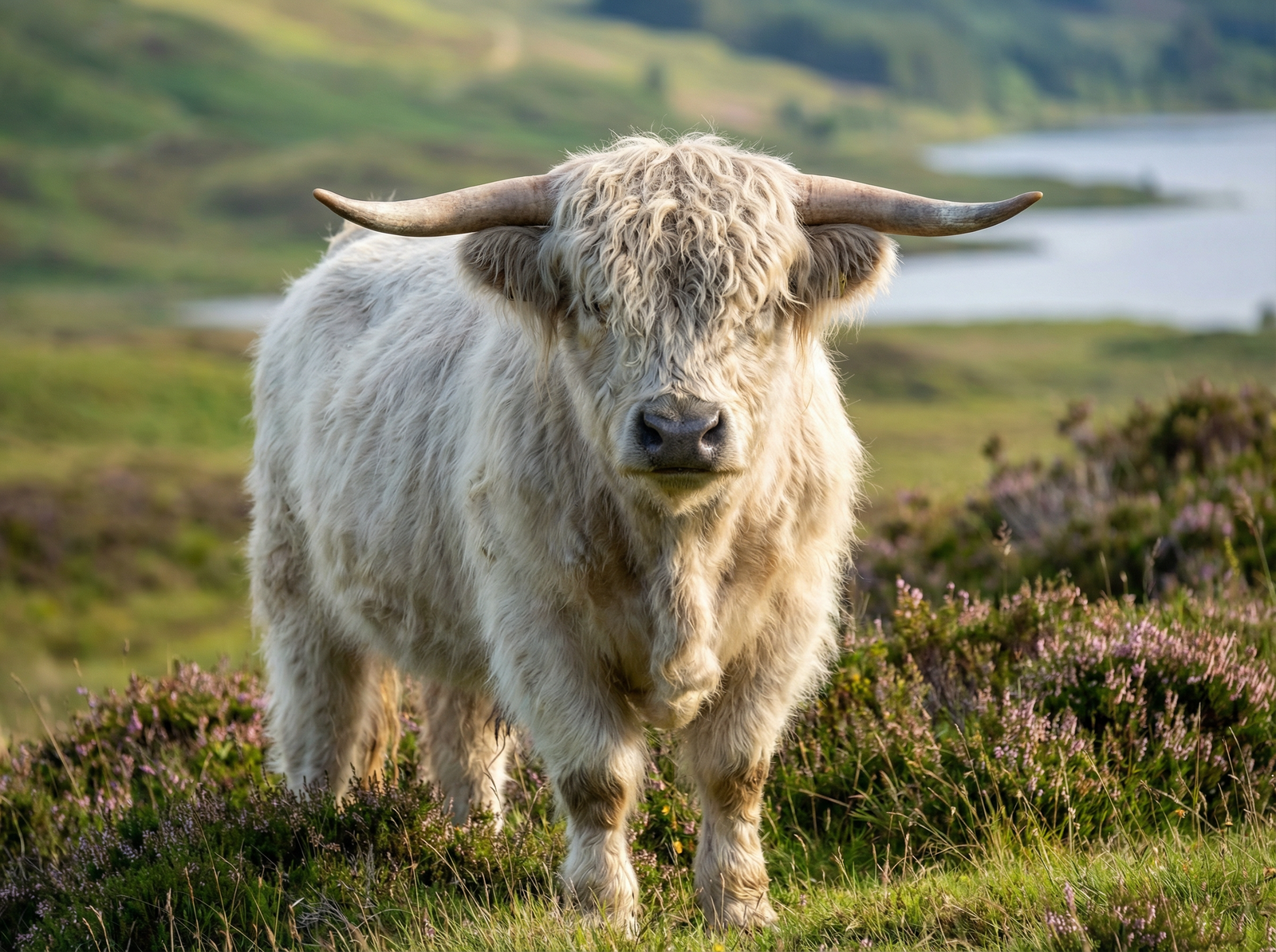 Highland Cattle
Highland Cattle
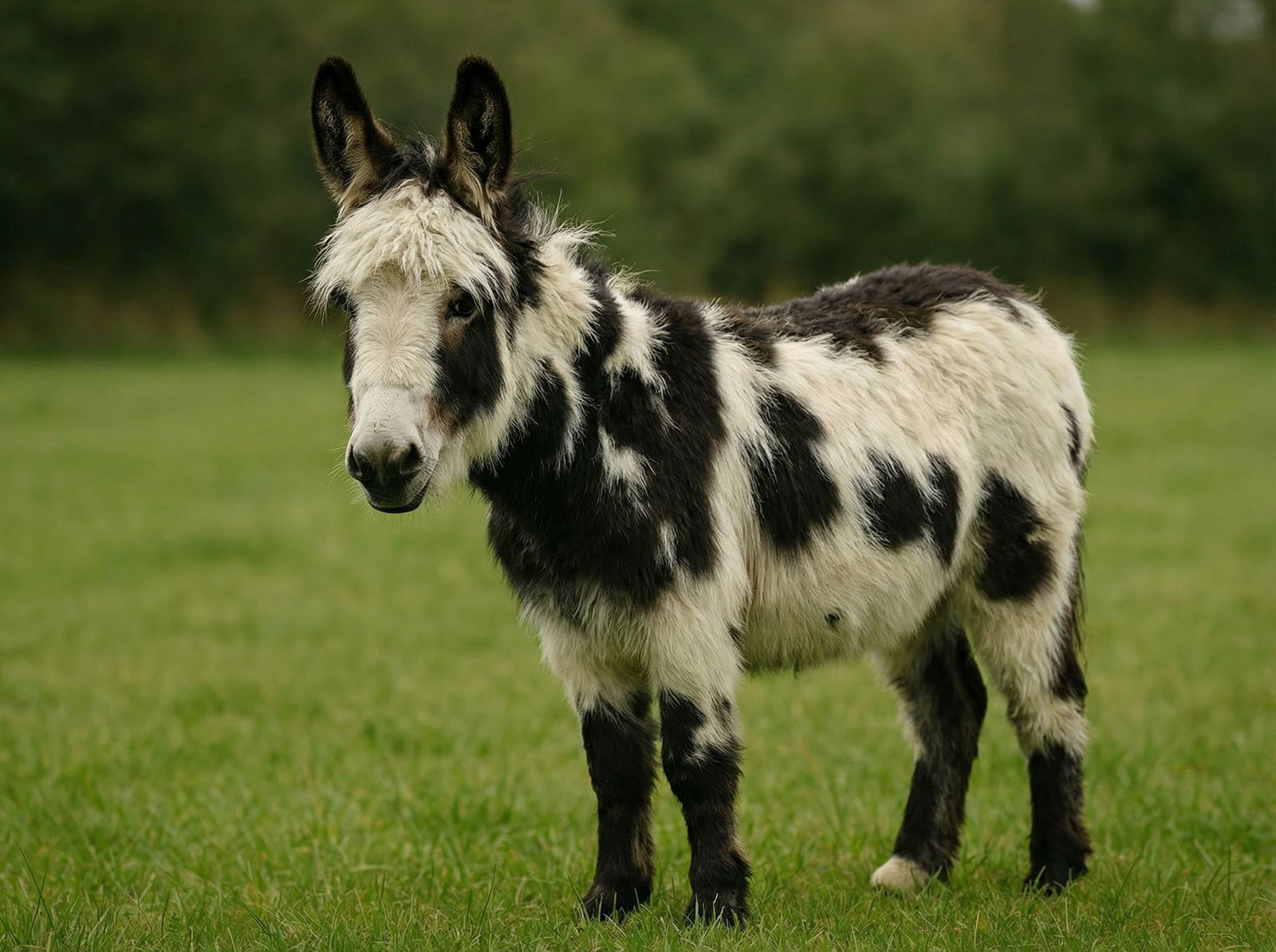 Miniature Donkeys
Miniature Donkeys
 All Species Directory
All Species Directory
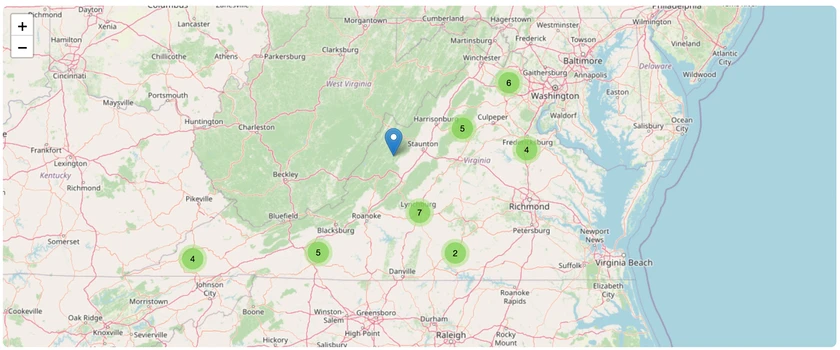 Highland Cattle in Virginia
Highland Cattle in Virginia
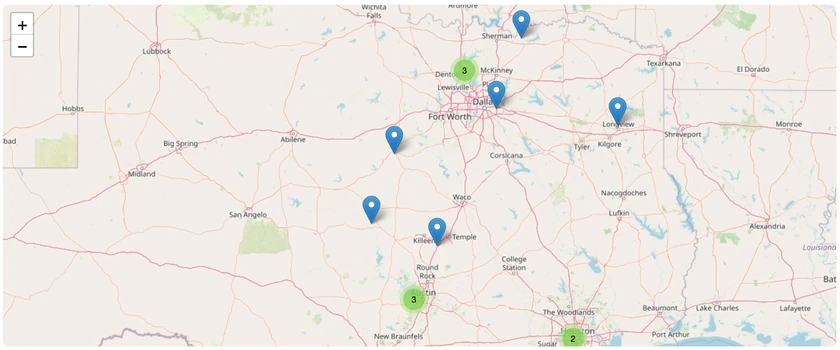 Miniature Donkeys in Texas
Miniature Donkeys in Texas
